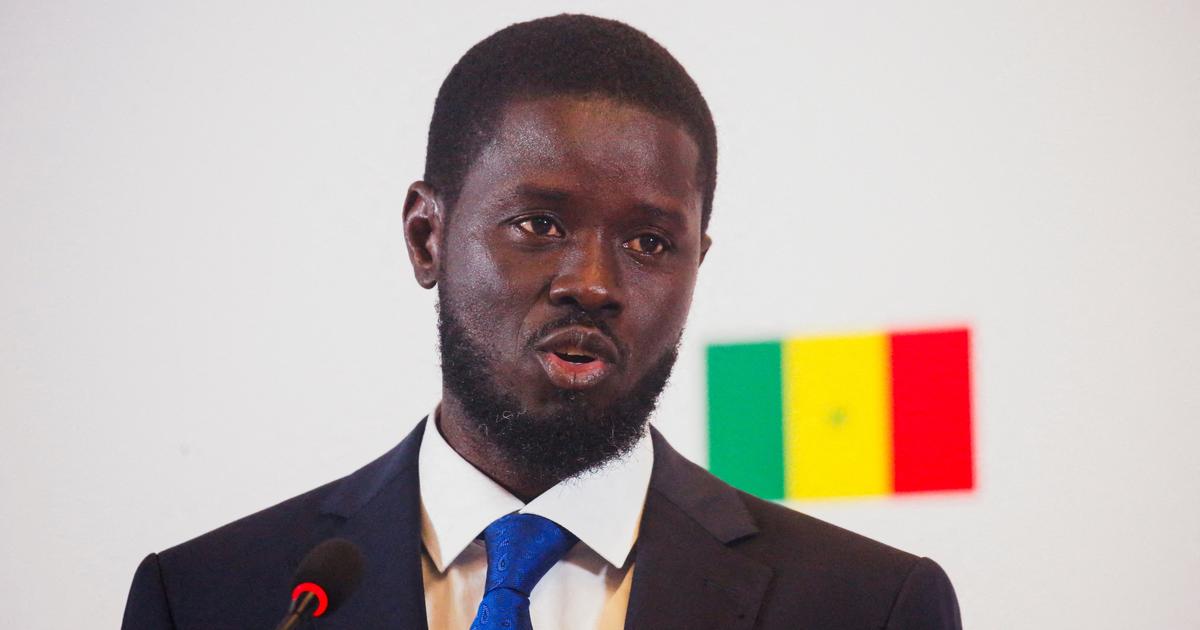Please enable javascript in your browser.
* until December 2018 "List mushroom"; Source: ORF
Parties to the Nationalrat Election 2019
SPÖ
The Social Democratic Party of Austria (SPÖ) together with the ÖVP defined large parts of Austrian post-war history . The Social Democrats were eight Chancellors, from 1970 to 1983 even in a single government under Bruno Kreisky. The roots of the traditional workers' party date back to the second half of the 19th century. Especially under Kreisky she took a step towards the center and the left people's party. In recent history, it has lost a lot of votes : Since the National Council election in 2008, it is below 30 percent. In 2013, at 26.8 percent, it was the worst result since 1945. The election in 2017 was only marginally better at 26.9 percent. Currently, the SPÖ has about 180,000 members. In 2018, for the first time, a woman was elected head of the party: Pamela Rendi-Wagner .
ÖVP
The Austrian People's Party (ÖVP) is the second of the two traditional major parties . It has about half a million members. For many years, the Conservatives ruled in a grand coalition with the SPÖ. Since 1945, six chancellors came from the ÖVP. Their alliance with the right-wing populist FPÖ in 2000 was particularly controversial. In 2013 she scored 24 per cent her worst election result in National Council elections. After the rather successful 2017 election campaign, she returned to a controversial alliance with the Freedom Party and, with Sebastian Kurz, introduced the Chancellor, who tightened migration policy and reacted rather cautiously to the domestic missteps of his coalition partner. As a result of the Ibiza affair in May 2019, he lost his office by a vote of no confidence.
FPÖ
The Freedom Party of Austria has been one of the strongest right-wing parties in Europe for decades. Under the provincial governor of Carinthia, Jörg Haider, she first experienced a golden age since the 1980s. The triumph and Europe-wide scandal in 2000 was the participation of government in the Cabinet Wolfgang Schüssel (ÖVP); Austria was sanctioned. Later, however, split the Haider Group in the dispute as Alliance Future Austria (BZÖ) from the mother party from; after Haider's death in 2008, the alliance lost in importance. Since 2006, the FPÖ has again recorded steady gains in votes. In 2016, her candidate Norbert Hofer was narrowly defeated in the presidential campaign. At the end of 2017 (26 percent in the Nationalrat election) she joined a coalition with the ÖVP. Several times corruption scandals shook the party. FPÖ members were also confronted repeatedly with their right-wing extremist past. So did Heinz-Christian Strache , who had led the FPÖ since 2005. He stumbled in May 2019 but then on the Ibiza affair and resigned as party chairman and vice-chancellor. Currently the party is run by Hofer.
The green
The Greens in Austria have not been able to celebrate much success at the federal level , although they are even involved in the government in some federal states. Since their founding in 1986, they have been represented in the Austrian Parliament until 2017. At the last National Council election, however, they failed with only 3.8 percent of the 4-percent hurdle. Her core topics are above all environmental and climate protection. Currently they have more than 7000 members. The current Federal President Alexander Van der Bellen comes from the Greens, but leaves the membership since his candidacy in 2016 rest.
List now
The former list Peter Pilz has founded its namesake, after he had lost a fight vote in the summer of 2017 for his list in the Greens. Meanwhile, she calls herself List Now. Pilz positions the list further in the middle than the left-wing Greens and also wants to score points in non-protest and protest voters. For example, Pilz demanded a headscarf ban in the civil service. In 2017, the list jumped over the 4 percent hurdle and won eight mandates.
Neos
The Neos were founded in 2012 and want to appeal to younger voters in particular . This is also supported by their party color, namely pink. In 2014, they merged with the Austrian Liberals. The Neos are explicitly EU-friendly and focus on education and participation. Their orientation is similar to the German FDP , but they are less economic liberal. In 2017, they gained 5.3 percent and were represented in the National Council with ten mandates.
This is how you choose
In Austria, as in Germany, proportional representation applies . However, every citizen over the age of 16 has only one vote in the National Council election , which he can give to a party list. Within the party list, he can still reorder individual candidates with preferred votes . Eight parties are available nationwide for election, in addition to five more in individual states. There are nine Land constituencies subdivided into 39 regional constituencies. You can even run in Austria from 18 years. Around 6.4 million Austrians are eligible to vote.
Any party that reaches four percent nationwide will make the leap to parliament. A direct regional constituency mandate also means the entry. The National Council has 183 seats. The distribution of mandates is determined by the different constituencies and, depending on the population, in a complicated mathematical procedure. The term of office of the National Council is five years. Most recently, the National Council was elected in 2017, the current election is preferred.









